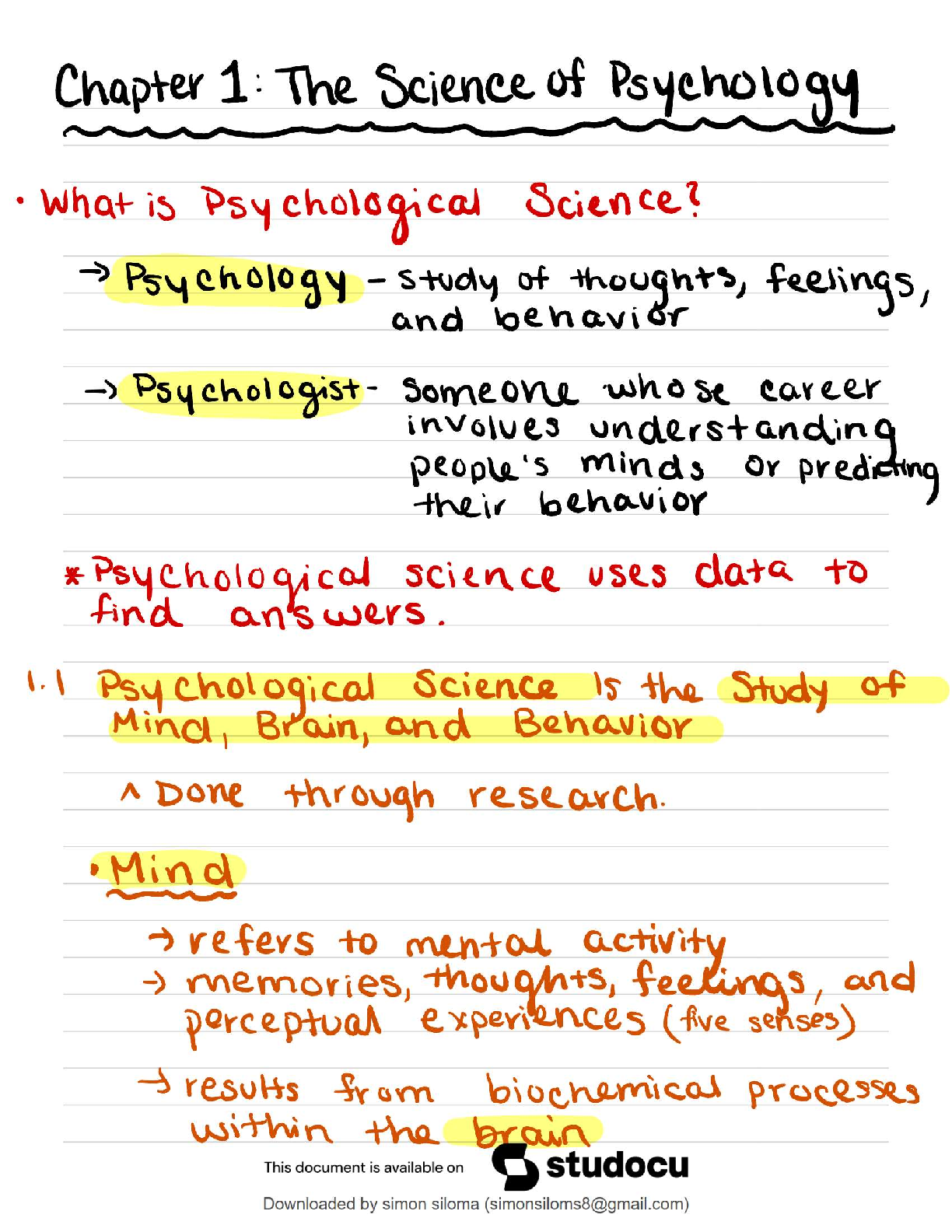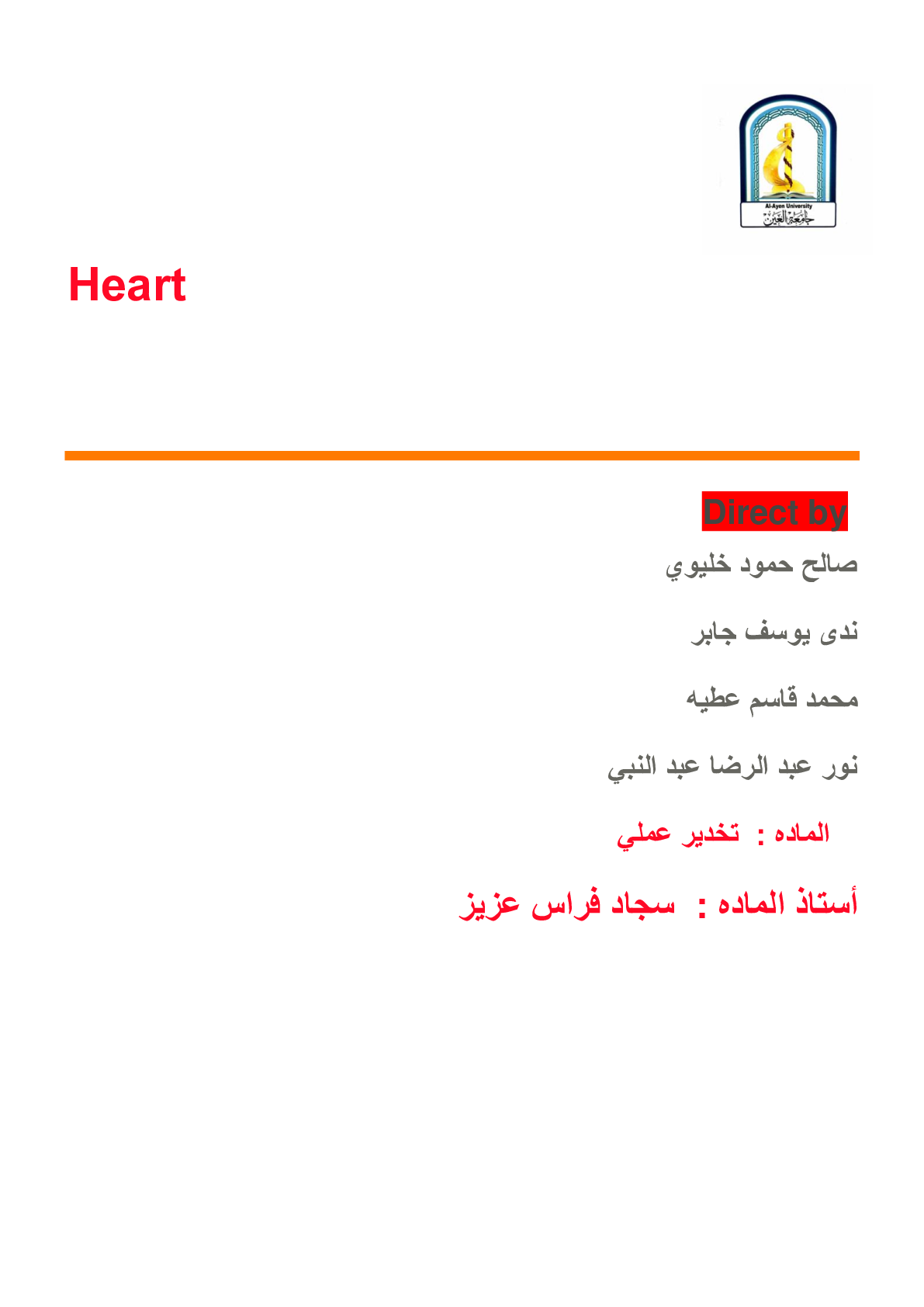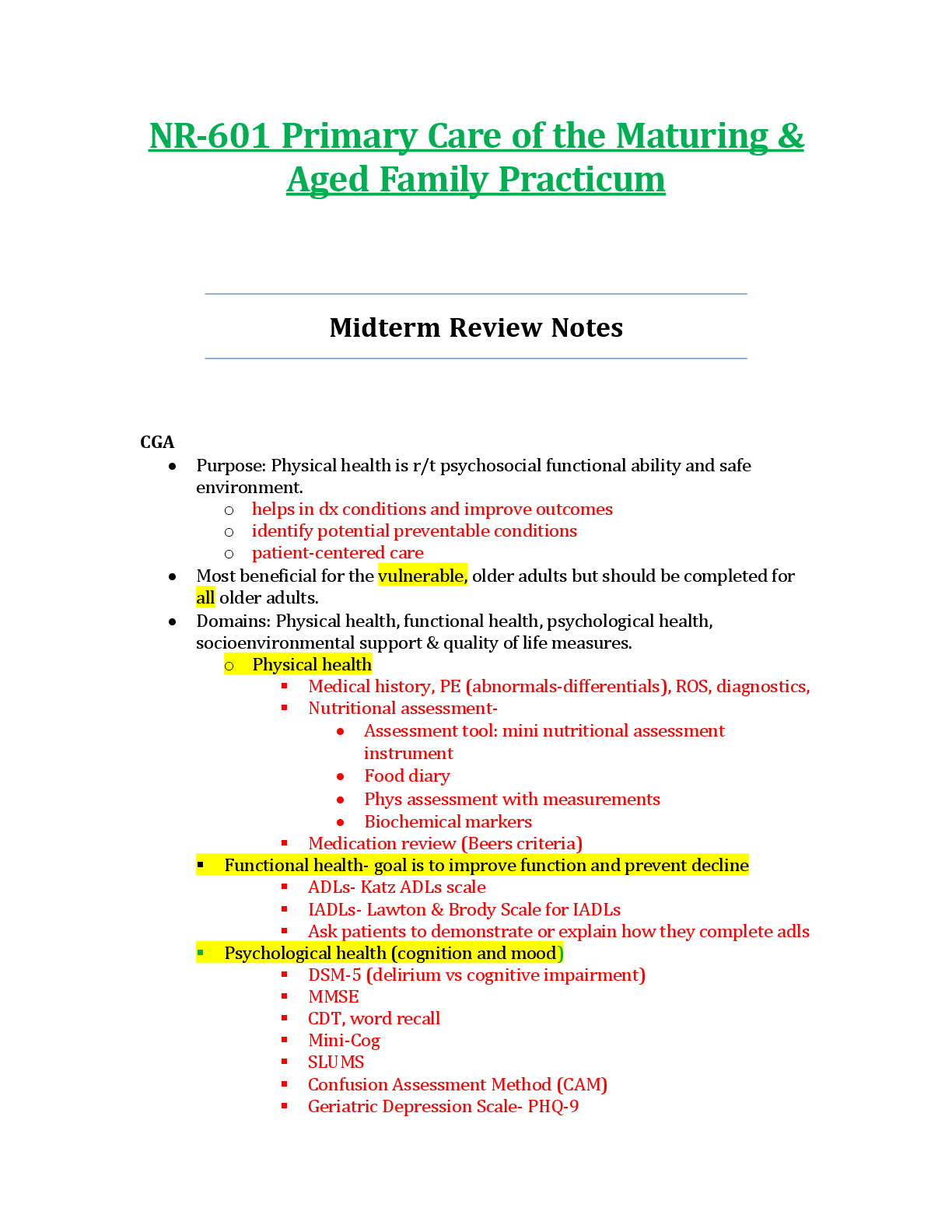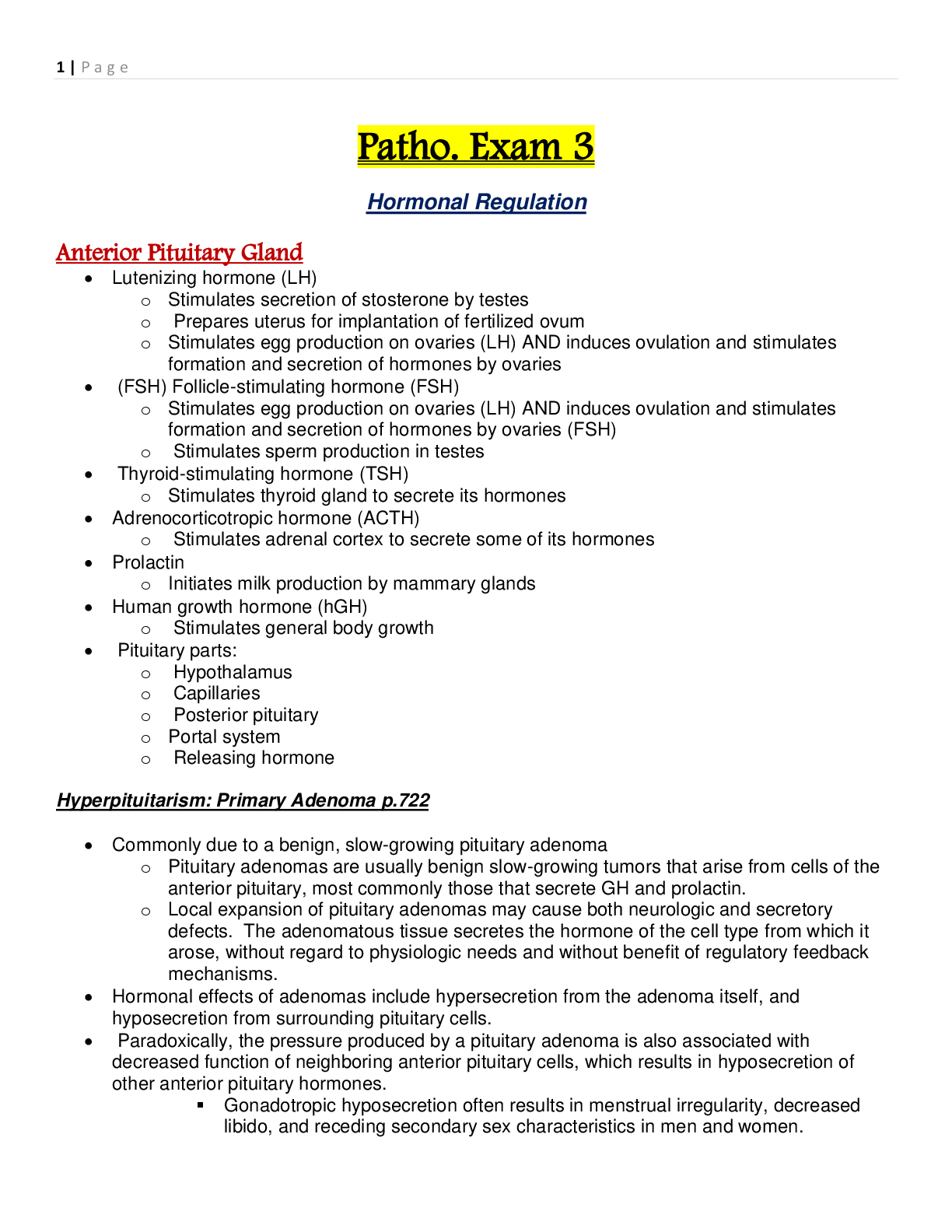Physiology > Study Notes > Writing the Abstract and Title Page - Guidelines - Include after homework handout{GRADED A+} (All)
Writing the Abstract and Title Page - Guidelines - Include after homework handout{GRADED A+}
Document Content and Description Below
WRITING THE ABSTRACT General Guidelines: The Abstract is the 2nd page of the document- immediately following the Title Page. Center the word “Abstract” at the top of the page. NO, ... Do NOT indent the 1st line of the paragraph. YES, double space! Don’t include citations or statistics (t, r, p…) Abstracts should be between 100-120 words. Your abstract should describe: the problem under investigation (1-2 sentences) the participants, specifying important characteristics (e.g., n, age, sex) the method: data gathering procedures; complete test name the findings, the conclusions, and the implications of the conclusions. (What did your experiment show us?) ___________________________________________________________________________________________________________ _ SAMPLE ABSTRACTS Abstract This study examined predictability of observed parent-child interaction from preschool to middle childhood in 283 mother-child dyads (aged 20-46 yrs and 6.5-9.4 yrs, respectively). Participants were welfare recipients enrolled in the Observational Study of the Job Opportunities and Basic Skills Training Program. Structured observational sessions were conducted both at preschool age and middle childhood, and were coded for maternal social behavior, child social behavior, and dyadic interaction. Analyses explored direct relations between the assessments; relations between the assessments with possible third-variable influences, such as maternal literacy, covaried out; and moderated relations. Results indicate that observed mother-child interaction in middle childhood could be significantly predicted from observed interaction 4 years earlier. Risk status moderated the relations such that those families with greater risk factors tended to show more stability, although this stability was, at times, through maintaining suboptimal functioning. Abstract Predictors of 5-year-old kindergartners' insights into their friends, and their accounts of liking and conflict with their friends, were investigated, with a focus on both the children's and their friends' social understanding during the preschool period, and the quality of their preschool friendships. Seventy children initially studied at 4 years utilizing social cognition tasks and observations of dyadic play with their friends were followed over the transition to school; at school they were interviewed about their friendships and their social understanding was assessed. One group had remained close to their preschool friends, whereas a second group had formed new friendships. Social understanding, language abilities, and prosocial characteristics of both the children and preschool friends, their successful communication and shared pretend play experiences during the preschool period, and their mothers' educational level were related to their perspectives on their current school friends. Liking of current friends was linked to relationship history and maternal educational level for both those with old and with new friends, whereas insight was related to assessments of social cognition. Abstract The effects of structured peer praise on the social involvement of 3 socially withdrawn female children (age 7, 8, and 10 yrs) were examined. Each child's teacher implemented Positive Peer Reporting (PPR), which consisted of rewarding classmates for publicly praising the social behavior of the participant during brief, daily sessions. A multiple baseline design with a reversal phase was used to evaluate the effects of PPR on observed levels of social involvement during recess. Results indicate that PPR was effective for all 3 children. Teacher ratings of the procedure indicated high treatment acceptability. The findings support the use of peers as sources of positive reinforcement for the prosocial behavior of at-risk children. [Show More]
Last updated: 3 years ago
Preview 1 out of 2 pages
.png)
Buy this document to get the full access instantly
Instant Download Access after purchase
Buy NowInstant download
We Accept:

Reviews( 0 )
$12.50
Can't find what you want? Try our AI powered Search
Document information
Connected school, study & course
About the document
Uploaded On
Mar 20, 2021
Number of pages
2
Written in
All
Additional information
This document has been written for:
Uploaded
Mar 20, 2021
Downloads
0
Views
122

.png)
.png)
.png)
.png)




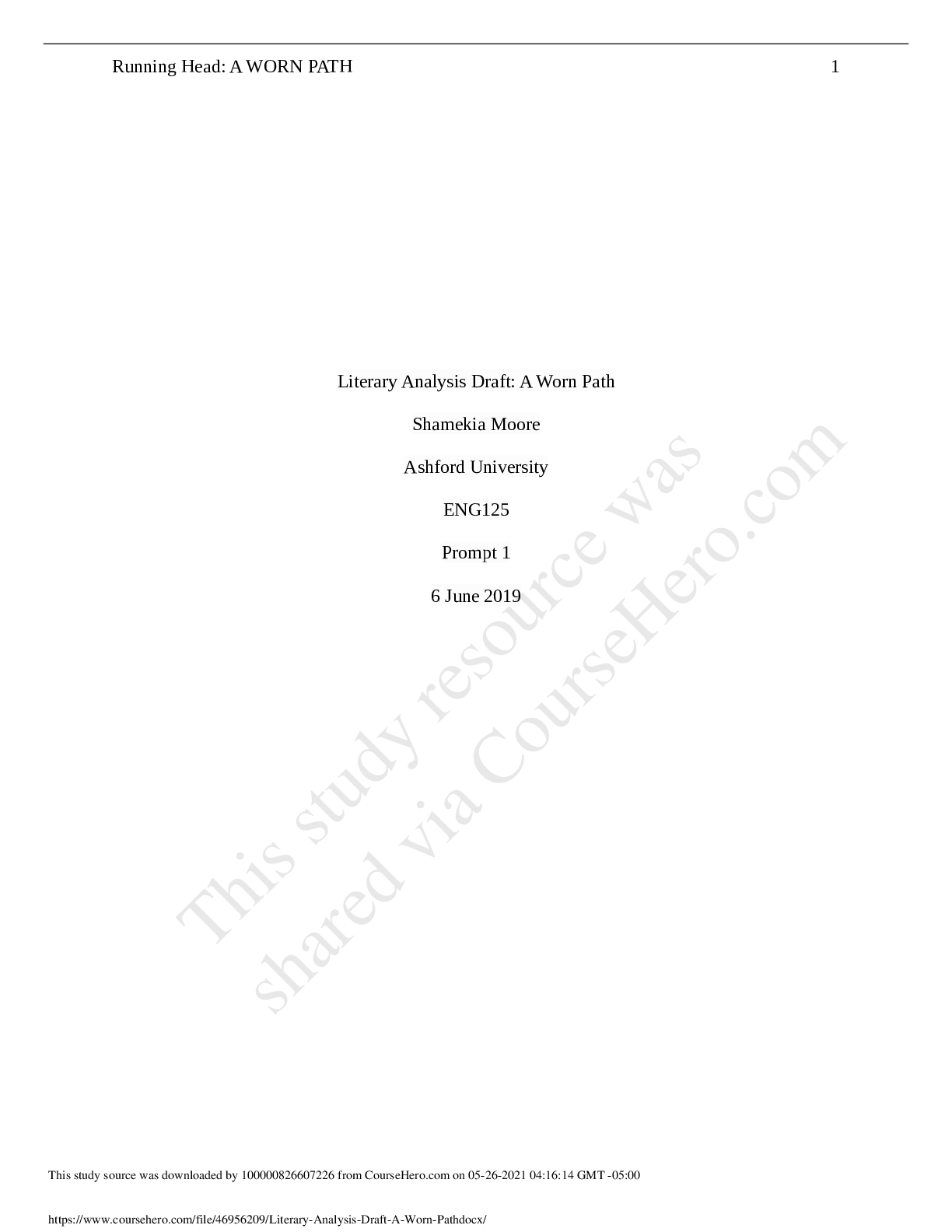
.png)





